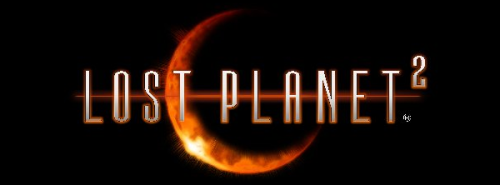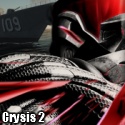Pluto’s Demotion More Imminent With New IAU Proposal
 And the rollercoaster ride at the International Astronomical Union (IAU) meeting in Prague continues. After delving on the possibility that Pluto might be demoted to a dwarf-planet, which actually means it is a non-planet, the convention has gone deeper into the issue by putting up a new proposal for Resolution 5, specifically on the definition of a planet.
And the rollercoaster ride at the International Astronomical Union (IAU) meeting in Prague continues. After delving on the possibility that Pluto might be demoted to a dwarf-planet, which actually means it is a non-planet, the convention has gone deeper into the issue by putting up a new proposal for Resolution 5, specifically on the definition of a planet.
“A planet is a celestial body that (a) is by far the largest object in its local population, (b) has sufficient mass for its self-gravity to overcome rigid body forces so that it assumes a hydrostatic equilibrium (nearly round) shape, (c) does not produce energy by any nuclear fusion mechanism.”
It would seem that the debate largely is founded on the question of just how much size, and what shape does a planet really have, as well as the presence of self-determined gravity.
According to the new proposal, if the definition is to be strictly followed, “Pluto, Ceres and other large Trans-Neptunian objects in quasi-hydrostatic equilibrium should not be considered as planets, since they never were the dominant bodies in their accretion zones.”
The members of the IAU is set to vote on August 24 on whether to stick with the original proposal, to modify it, or accept the new one.
 And the rollercoaster ride at the International Astronomical Union (IAU) meeting in Prague continues. After delving on the possibility that Pluto might be demoted to a dwarf-planet, which actually means it is a non-planet, the convention has gone deeper into the issue by putting up a new proposal for Resolution 5, specifically on the definition of a planet.
And the rollercoaster ride at the International Astronomical Union (IAU) meeting in Prague continues. After delving on the possibility that Pluto might be demoted to a dwarf-planet, which actually means it is a non-planet, the convention has gone deeper into the issue by putting up a new proposal for Resolution 5, specifically on the definition of a planet.
“A planet is a celestial body that (a) is by far the largest object in its local population, (b) has sufficient mass for its self-gravity to overcome rigid body forces so that it assumes a hydrostatic equilibrium (nearly round) shape, (c) does not produce energy by any nuclear fusion mechanism.”
It would seem that the debate largely is founded on the question of just how much size, and what shape does a planet really have, as well as the presence of self-determined gravity.
According to the new proposal, if the definition is to be strictly followed, “Pluto, Ceres and other large Trans-Neptunian objects in quasi-hydrostatic equilibrium should not be considered as planets, since they never were the dominant bodies in their accretion zones.”
The members of the IAU is set to vote on August 24 on whether to stick with the original proposal, to modify it, or accept the new one.



